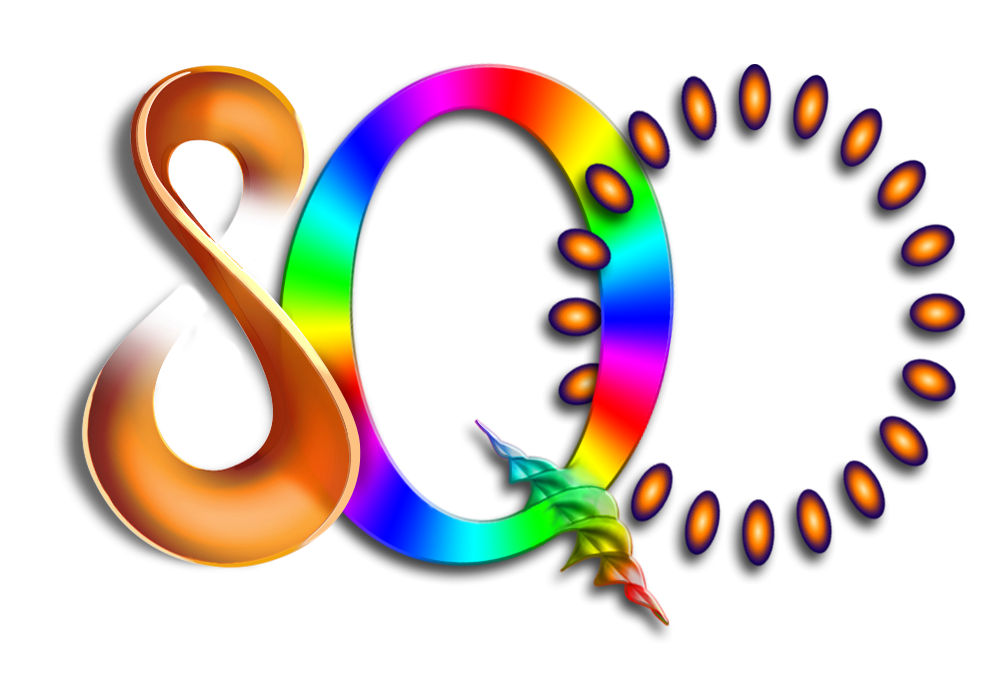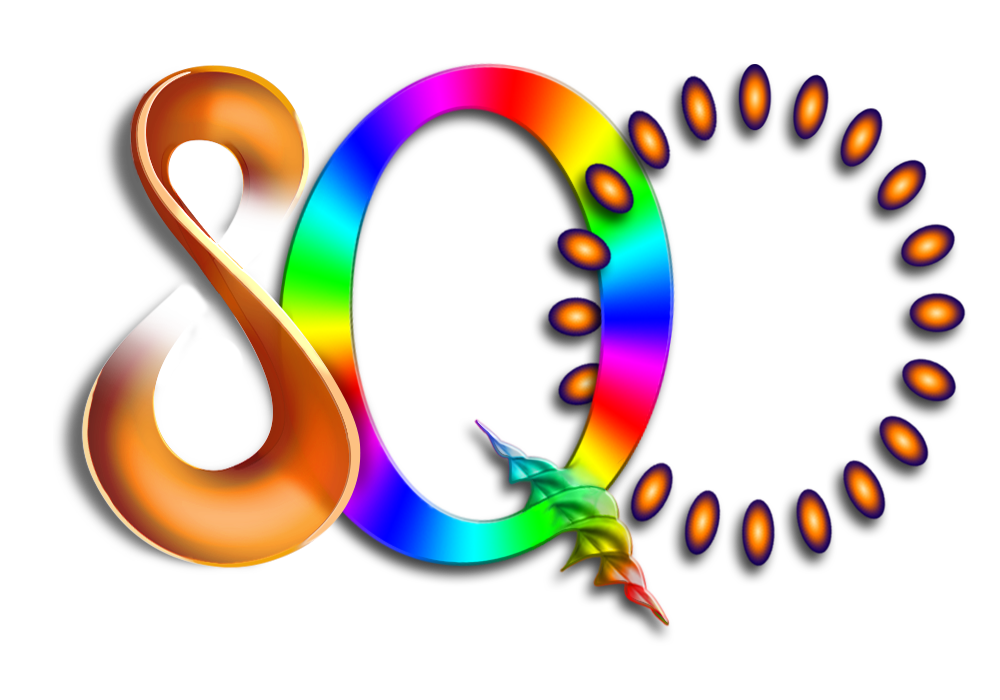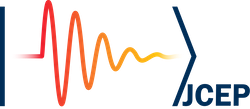Quantum Theory of Light
13
Lectures
13
Videos
Quantum Mechanics
Prerequisite
2h:50m
Duration
English
Language
Share This Class:
Overview
James Clerk Maxwell ingeniously showed that electric and magnetic fields are both generated and altered by each other. This revolutionary discovery led to a novel and unique branch of physics, named electrodynamics. Electrodynamics successfully explains numerous physical phenomena, but is incapable of describing several empirical effects, such as the photo-electric and Compton effects, and also resulted in theultraviolet catastrophe. Max Planck, in an attempt to describe blackbody radiation, considered a discrete spectrum, i.e. an energy wavepacket, instead of a continuous spectrum for electromagnetic radiation. His theory, i.e. quantisation of energy, successfully described the radiation from a blackbody, and later on, was used by Albert Einstein to describe the photoelectric effect. This was a starting point for the development of one mankind’s best theories: Quantum Mechanics. Numerous ingenious scientists helped and contributed to both quantum formalism and quantum foundations since its inception. Here, in this course, we will focus on the quanta of light, i.e. photons, and its features, the way that they are generated, manipulated and detected. During the course, we will learn how the field quantisation leads to understanding unique effects such as Lamb shift, spontaneous emission, and spontaneous parametric down-conversion. Classical and non-classical light (Coherent, Thermal, Fock, and Squeezed) sources and their photon statistics will be discussed in detail. The action of different optical elements in the quantum regime, and seminal quantum optics experiments (e.g., Hanbury-Brown Twiss, EPR, Bell’s inequality, Hong-Ou-Mandel, induced coherence) will be reviewed during the course.
Completing this course will help you:
- Understand seminal works (i.e, Hanbury-Brown Twiss, Hong-Ou-Mandel, EPR, Entanglement, etc.) in quantum optics
- Grasp the basics of quantum information and in particular quantum communications
- Follow and perform research in the field of quantum photonics
Who is the course for?
This course is suitable for graduate students in physics (optics) who are familiar with advanced quantum mechanics, electrodynamics, and nonlinear optics. Quantum optics, in the current form, has been developed over the last 100 years, and thus, it is impossible to learn all these developments historically. Thus, the contents are chosen selectively for the graduate programme by the faculty of science. Note that light-matter interaction will not cover during this course.
Main Textbooks
The course will be based on two books; (1) The Quantum Theory of Light by Rodney Loudon, and (2) Quantum Optics by Marlan O. Scully (Texas A & M University) and M. Suhail Zubairy (Quaid-i-Azam University). Chapters 1, 3, 4, 5, 6, and 9 of The Quantum Theory of Light and Chapters 1, 2, 3, 4, 18, 20, and 21 of Quantum Optics will be covered during this course. In addition, whenever is needed proper research articles will be discussed for the course.
Learning Path
Relativistic version of Electromagnetic fields, introducing four-vectors, four-current, four-potential, and Maxwell’s equations. Introducing Schrödinger and Dirac equations.
Dirac equation and spinors, introducing Riemann–Silberstein vector and finding “wave-function” for photon, and quantization of the electromagnetic fields.
Harmonic oscillator and phase space will be introduced. We will briefly discuss the radiation from a classical current and introduce coherent and squeezed states. Uncertainty relations for both states will be derived and their statistics will be shown. Finally, mathematical tools to perform photon statistic will be introduced.
The action of optical elements, such as mirror, beam-splitter, wave-plates, lenses, etc at the quantum regime will be reviewed. After this, we review their action on the classical and non-classical lights.
Different quasiprobability distributions, such as Glauber–Sudarshan P, Husimi Q and Wigner W representations will be discussed for several cases.
Different quasiprobability distributions, such as Glauber–Sudarshan P, Husimi Q and Wigner W representations will be discussed for several cases.
Action of beam splitter on different photon distributions, e.g., coherent, Fock, squeezed states, as well as introducing the two photon interference effect.
Action of beam splitter on different photon distributions, e.g., coherent, Fock, squeezed states, as well as introducing the two photon interference effect.
Action of beam splitter on different photon distributions, e.g., coherent, Fock, squeezed states, as well as introducing the two photon interference effect.
Single photon interference, first-order coherence function, Spectrum power, Wiener–Khintchine theorem, collision broadening, Doppler broadening, and Hanbury-Brown & Twiss experiment.
Second-order coherence function for thermal, coherent and non-classical sources, Hanbury-Brown & Twiss experiment at quantum regime, Homodyne and balance homodyne detections.
The physics and mechanism behind spontaneous parametric down conversions will be discussed, Type-I, Type-II crystals as well as the generated photon pairs and their entanglements will be covered.
Reviewing classical cryptography, Quantum Key Distribution (QKD), Security proof for BB84 protocol, Reviewing different QKD protocols.






